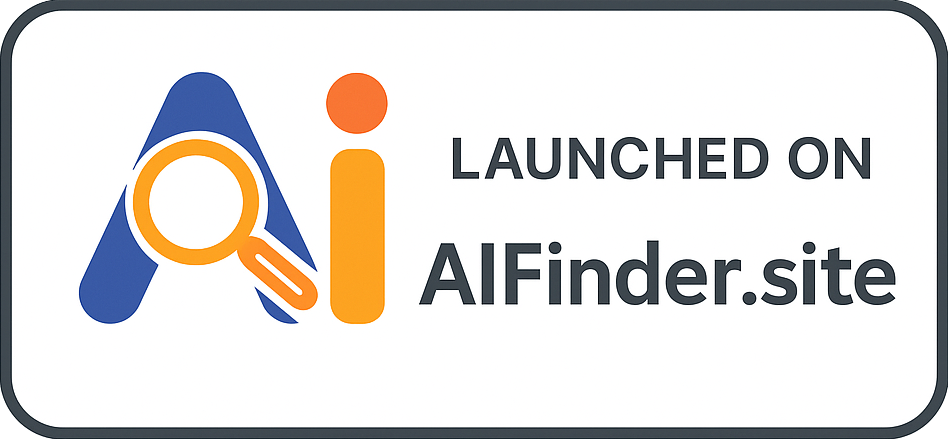The Facebook Boost Post
The Facebook Boost Post feature allows users to promote their posts to a wider audience on Facebook, increasing visibility and engagement by reaching users beyond just their existing followers.
Frequently Asked Questions
What is The Facebook Boost Post?
The Facebook Boost Post is a paid feature that enables users to turn their regular Facebook posts into ads. By clicking the 'Boost Post' button, users can define their target audience, budget, and duration for the promotion.
Where is The Facebook Boost Post used?
The Facebook Boost Post feature is utilized within the Facebook platform. Users can boost posts from their business pages to the News Feed of Facebook users, both those who follow the page and others who may not.
When should The Facebook Boost Post be used?
This feature should be used when a post has strong engagement potential, such as high-quality content or limited-time offers. It is particularly effective for promotional campaigns, event announcements, or brand awareness initiatives.
Why do we need The Facebook Boost Post?
Boosting posts is essential because it amplifies reach, enhances engagement opportunities, and can lead to increased website traffic and conversions. It is especially beneficial for businesses looking to grow their audience and connect with potential customers.
How to use The Facebook Boost Post effectively?
To use the Boost Post feature effectively, select high-performing posts with organic engagement, carefully target your desired audience based on demographics and interests, and monitor performance metrics to optimize future boosts.
Key Takeaways
The Facebook Boost Post is a vital tool in social media marketing strategies, offering businesses the opportunity to maximize their post visibility and engagement. By leveraging this feature, brands can effectively expand their reach and strengthen connections with both current and potential customers.
Hot Glossary Terms
Influencer Marketing
Influencer Marketing is a strategy that leverages the influence of individuals with large followings on social media to promote products or services, aiming to reach a targeted audience effectively.
Social Media Marketing
Social Media Marketing refers to the use of social media platforms and websites to promote a product or service, encouraging user engagement and brand awareness through content creation and sharing.
Content Strategy
Content Strategy is a comprehensive plan aimed at creating, publishing, and managing high-quality content to achieve business goals and enhance user engagement.
Brand Partnerships
Brand Partnerships refer to collaborative relationships between two or more brands or influencers aimed at promoting mutual interests and achieving shared goals through combined marketing efforts.
Engagement Rate
Engagement Rate is a key performance metric in social media and influencer marketing that measures the level of interaction and engagement a piece of content receives from its audience.
Related Terms
Influencer Marketing
Influencer Marketing is a form of marketing that focuses on using key leaders or influencers to drive the brand's message to a larger audience, leveraging their authority and audience reach to promote products or services.
Social Reach
Social Reach refers to the total number of unique users who have been exposed to a piece of content through social media platforms, indicating the potential audience size and visibility for that content.
Social Media Promotion
Social Media Promotion refers to the process of using social media platforms to promote products, services, or brands to a target audience, aiming to increase visibility, engagement, and conversion rates.
User Experience (UX)
User Experience (UX) refers to the overall experience a user has when interacting with a product or service, particularly in the context of digital interfaces.
Affiliate Disclosure
Affiliate Disclosure refers to the practice of informing consumers about the relationships between content creators and brands, particularly when the creator earns commissions from sales generated through their recommendations or promotions.







